Once I saw my mother sewing a quilt, but she used a long embroidery needle. I said you chose the wrong needle, and my mother said that the needle can be sewn normally. Then I picked a quilting needle and gave her to try. Sure enough, she only used it for a while and told me that the needle I chose was going to sew much faster. When we talk about sewing needles, we usually find that people have a lot of confusion about which needle to use for which job. The needle names are not always logical (some are named after the end-user, some are named after the key quality), and the choice of size is also a brain-burning thing (9 is less than 3?) If you don’t know which needle to look for, choosing the right needle with the right size is like finding a needle in a haystack. Let’s talk about how to choose a suitable hand sewing needle for your project?
6 Key words of hand sewing needles:
- name
- numbered size
- length and diameter of the needle
- shape of the eye
- type of point
- purpose of the needle
These differences exist to help you get the best results on different projects.
1. Name
The name is determined by end use or by key quality. For example, embroidery needles are often used with decorative embroidery threads and have a larger eye to handle the threads. Sharp needles, yes, the needle point is very sharp.
2. Numbered size
If you look at any hand needle bag, you will find that they are all numbered. The larger the number, the thinner and shorter the needle. (This may be the opposite of what you think!) Of course, smaller numbers mean that the needles are thicker and longer. Needles come in packs and can be assorted or just of one kind but the number range in the pack will be written on the front of the pack at the bottom.
3. Length and diameter of the needle
Different brands in different countries have different lengths and diameters for each numbered needle, but they are only slightly different. Usually, when we produce, we will confirm the exact size with customers in advance.
The size table below takes Sharps Needle as an example.
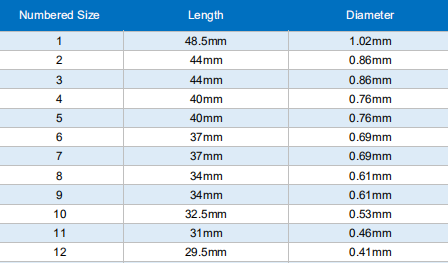
4. Shape of the eye
The eyes and points are different to accommodate many different threads. For example, the eyes of Quilting needles are small. They use smooth cotton threads and need to make a small hole in the fabric.
5. Type of point
The point or tip of the needles will vary depending on the needs of the fabric. Knits require a rounded point that slides between the yarns without puncturing, so round pins are designed for knitting. The thick curved needle is best for upholstery.
6. Purpose of the needle
The purpose of the needle helps to determine what the needle is used for and the number length and shaft size, as well as the size of the eye, determine the type of fabric the needle is suited to.
For example, the needle may be suitable for tapestry, leather, upholstery or knit fabric.
Different Types of Common Needles:
1. Sharps Needle:
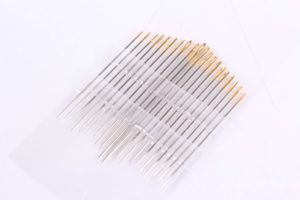
- Description: Medium length with a round eye and sharp point
- Usage: Ordinary sewing needles for miscellaneous hand-sewing projects
- Sizes: 1 to 12
2. Betweens or Quilting:
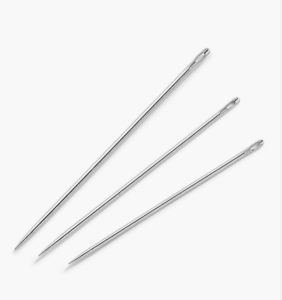
- Description: Shorter needle with a small, rounded eye
- Usage: The shorter length of these needles enables you to stitch quickly and accurately. They are for quilting, making fine stitches in heavy fabrics and other detailed handwork.
- Sizes: to 12
3. Chenille:
- Description: Thick needles with a large, long eye and a very sharp point
- Usage: Chenille needles are used for ribbon or heavy embroidery. The eye accommodates several strands of floss, and the sharp point makes it easy to stitch through coarse fabrics.
- Sizes: 13 to 26
4. Easy- or Self Threading:
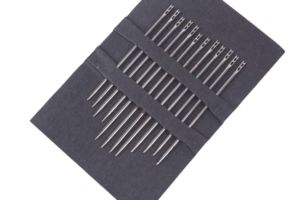
- Description: All-purpose, sharp sewing needle with a slotted top instead of a standard eye
- Usage: These are easy to thread by pulling the thread though the top of the needle. (Also called Calyx-eyes)
- Sizes: 4 to 8
5. Embroidery Needles:
- Description: Same length and point as an ordinary sharp needle, but with an elongated eye
- Usage: Used for hand embroidery using floss. The elongated eye is designed to accommodate strands of embroidery floss.
- Sizes: 1 to 10
6. Tapestry (Cross Stitch Needles):
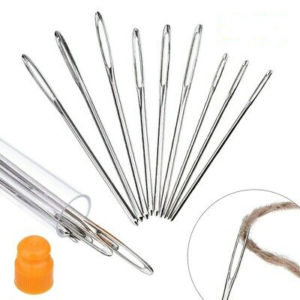
- Description: Large eye, blunt tip
- Usage: For needlepoint, embroidery and decorative stitching on loosely woven fabrics. These needles have a large eye to accommodate yarn, several strands of floss or decorative threads; its blunt tip passes through the fabric without damaging it.
- Sizes: 13 to 28
7. Beading:
- Description: Long, thin needles
- Usage: These needles are used for sewing beads and sequins to fabric
- Sizes: 10 to 15
8. Ball-point:
- Description: Rounded point
- Usage: Needles are used for knit fabrics. They have a rounded point that goes between the yarns instead of through them.
- Sizes: 5 to 10
9. Milliners:
- Description: Similar to ordinary sharp needles but longer
- Usage: Particularly designed for use in millinery, they are also used for basting, pleating and decorative stitches.
- Sizes: 5/0 to 10
10. Doll:
- Description: Long, thin needles
- Usage: For soft sculpturing on dolls, particularly facial features
- Sizes: 2 1/2″ to 7″ long
11. Darners (Yarn):
- Description: Larger than cotton darners, long needle with large eye.
- Usage: Designed for darning with yarn.
- Sizes: 14 to 18
12. Bodkins:
- Description: This is a long, thick needle with a ballpoint end and can be flat or round. They have a large, elongated eye.
- Usage: Usually used for threading ribbon, elastic or other flat trims through casings, lace openings or other embellishments
- Sizes: 17
13. Upholstery:
- Description: Heavy, long and straight or curved needle
- Usage: For sewing thick upholstery fabrics, tufting and for tying quilts. Curved needles are used wherever a straight needle is awkward or impractical.
- Sizes: 3″ to 12″ long (curved 1 1/2″ to 6″ long)
It is important for a needle to be comfortable in your hand. No matter what embroidery you are doing, cross-stitch, ribbon embroidery or applique, if you use the right needle, you will enjoy this job more.
So, do you know which needle to choose for your next sewing project? Did you find this information helpful? We’d love to hear from you!

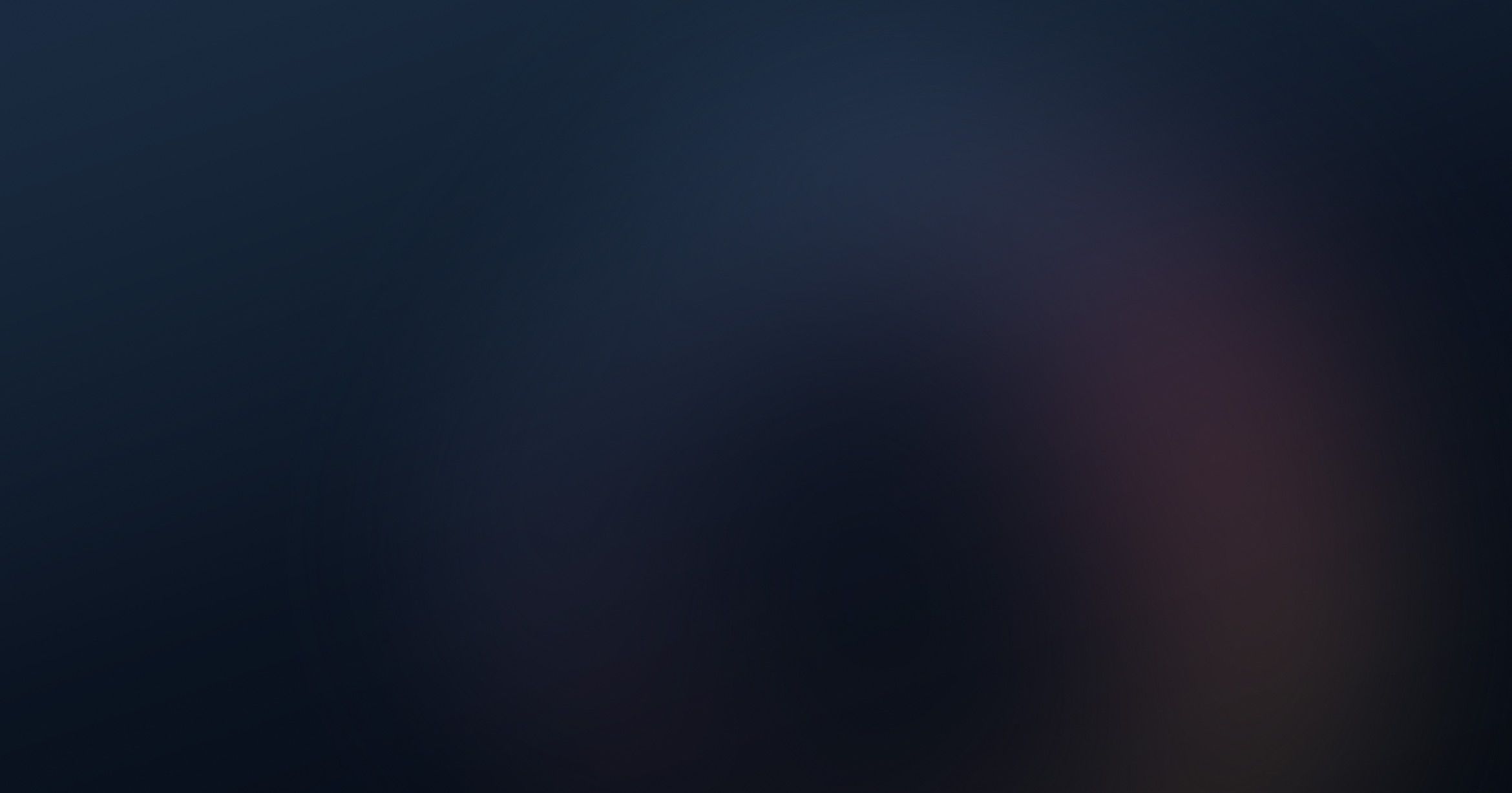
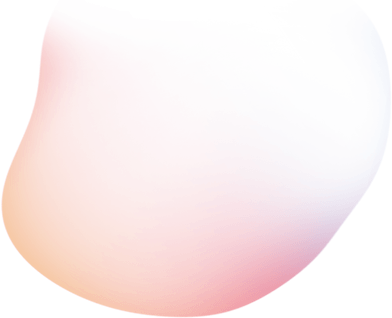
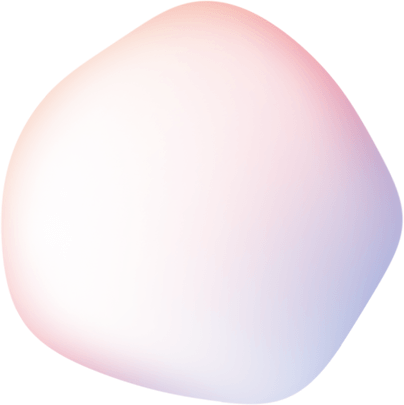
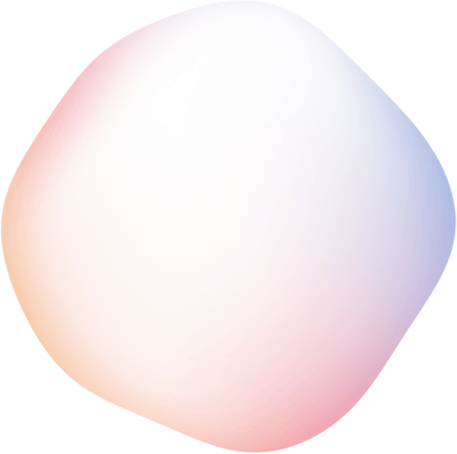
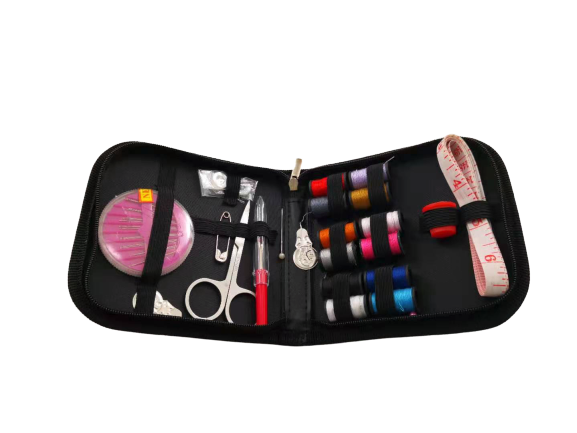
评论